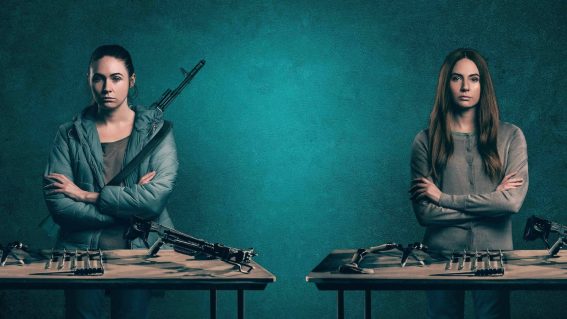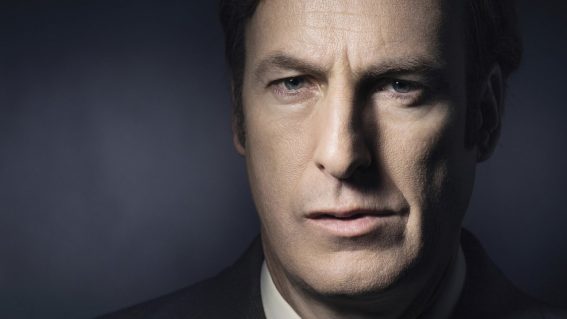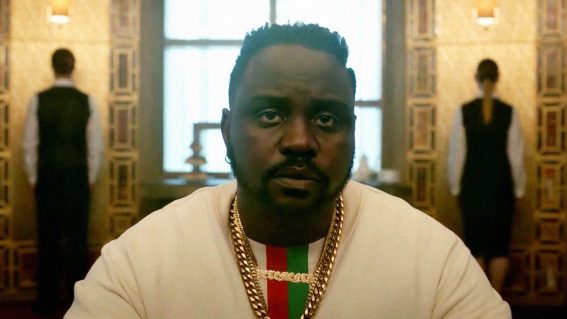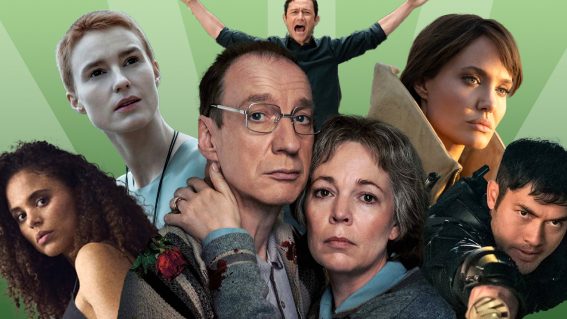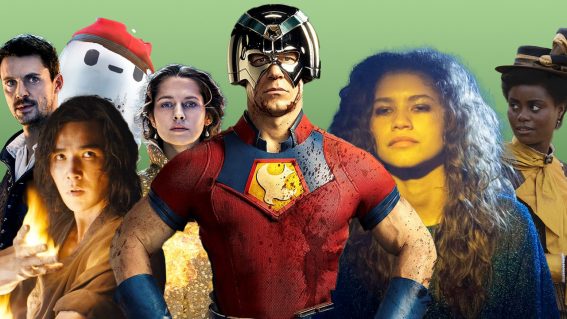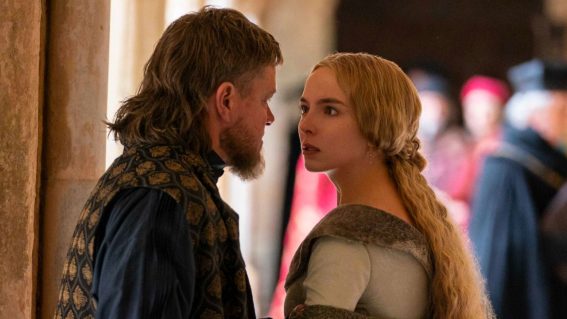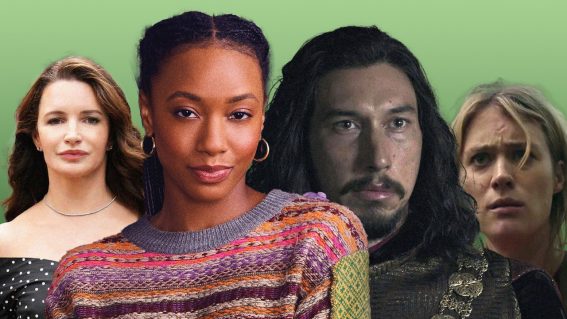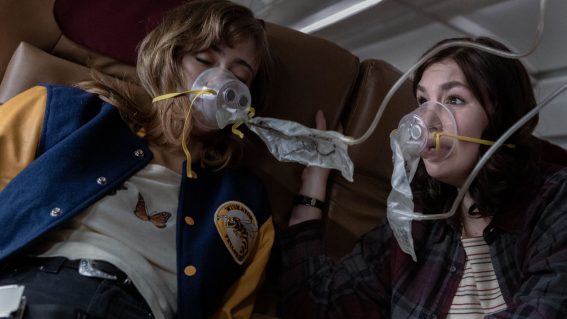Dark Side of the Ring is not only incredible, but lives up to its title
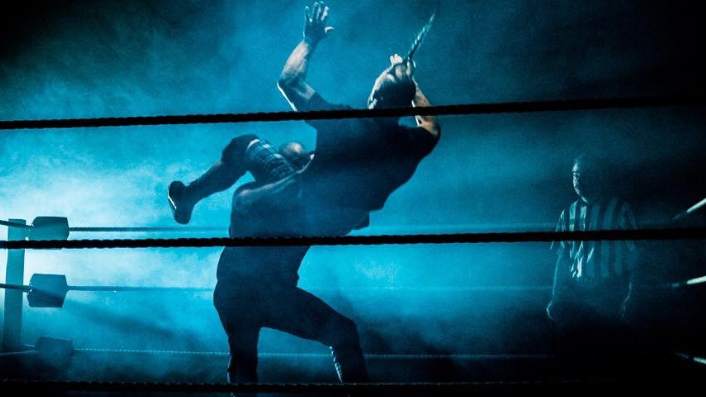
A new season of wrestling documentary Dark Side of the Ring is streaming as part of Neon’s summer of sport. As wrestling aficionado Rhys Matthewson writes, it’s not only incredible – but lives up to its title.
Wrestling fans are by and large obsessives, myself included. We want to know everything about the thing we enjoy. It’s because we know we’re on the outside looking in. We’re not part of the secret club of wrestlers who know exactly what’s real and what’s fake about it, and we want to know so badly. It’s like we are standing outside an ice cream shop with our faces pressed up against the window, chanting “we want ice cream” while wearing t-shirts in support of various flavours.
See also
* Films and shows now streaming on Neon
* Everything new coming to Neon
Enter Dark Side of the Ring, a doco series streaming on Neon that tells some of the most infamous and tragic tales from wrestling’s storied past.
It is incredible.
Each episode focuses on one character or incident from the last four decades of wrestling, told through interviews with those closest to the story, recovered footage, and recreations of events.
What’s immediately clear is that it’s made with a lot of love and care by director Jason Eisener (Hobo with a Shotgun, The ABCs of Death). They’re compelling stories, elevated by the fact that they’re told by people in the wrestling business—they’re good talkers. There is a commitment to the details, even if those details are what WWE CEO Vince McMahon looks like in a speedo. (Annoyingly good, as it turns out).
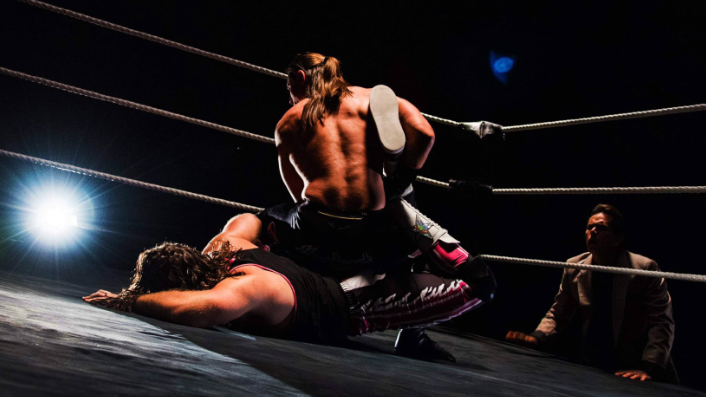
The breadth of time it covers means that no matter when you last came into contact with wrestling, there will be faces and stories you recognise. Season one (also on Neon) drew mainly from the 80s and early 90s. Its two highlights are the first episode on The Killing of Bruiser Brody backstage at a Puerto Rican wrestling show as told by the other men in the locker room when it happened; and the death of kayfabe (the portrayal/commitment to things in pro wrestling being real) surrounding the Montreal Screwjob. If you’re unfamiliar, it was fake champion Bret Hart refusing to fake lose his Heavyweight title before leaving the WWF, so the real boss Vince McMahon yelled for the referee to make him fake lose, despite every fan knowing he hadn’t really fake lost.
Don’t worry if that sounds offputtingly complex. While very clearly made by wrestling fans for wrestling fans, the show manages to avoid being inaccessible to a viewer unfamiliar with the squared circle. I watched a few episodes with my flatmate whose knowledge of wrestling ends with John Cena and The Rock, and they were just as engaged as I was. Dark Side of the Ring beautifully walks the tightrope of giving die-hard fans like me new titbits and glimpses of how wrestling works while not getting bogged down in the details for those unfamiliar.
And man oh man it can be daaaaaark. The wrestling business has always kinda been a law unto itself, and tends to attract the weird, the unwell, and the downright shady. Drugs are rampant (particularly in the 80s) and usually not in the fun way. The hypermasculine environment causes men to buckle under their emotions, and outright crimes are swept under the rug so they’re not bad for business. The women at the centre of each story are pretty much always being mentally/physically abused or murdered. The notable exception to this is the only episode to be solely about a woman, the season one finale on The Fabulous Moolah. Moolah is like the Margaret Thatcher of wrestling: a pioneer in the sense that never before has a woman held back other women from such a great height.
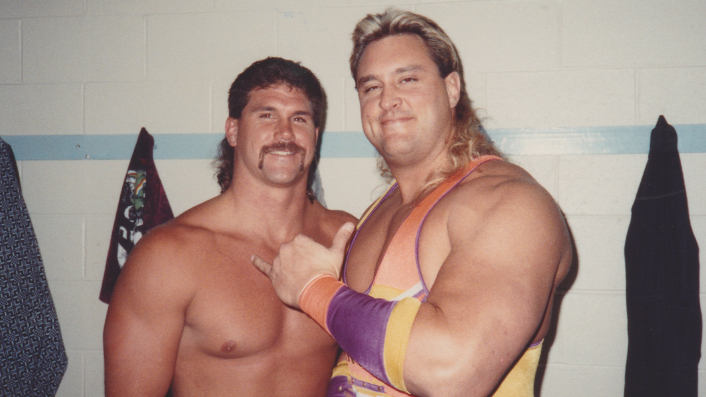
Season two only ups the ante on how dark the show is willing to go, beginning with a two-part episode on Chris Benoit’s murder of his wife and child and his subsequent suicide. It’s possibly the biggest tragedy in the history of the sport, and an event that fans remember where they were when they heard about it. I was on the drive to high school and I remember thinking “how could Chris Benoit be such a monster?”
But part of what makes Dark Side of the Ring so good is the refusal to sensationalise or play up the salacious nature of its subject matter. It never feels exploitative in its recounts of trauma, it lets the facts speak for themselves, and it doesn’t aggressively villainise its subjects. Rather than a voyeuristic look at how sad and awful it all is, we see some of Benoit’s closest friends and surviving family struggling to reconcile the kind man and objectively brilliant wrestler they knew with this unforgivable act.
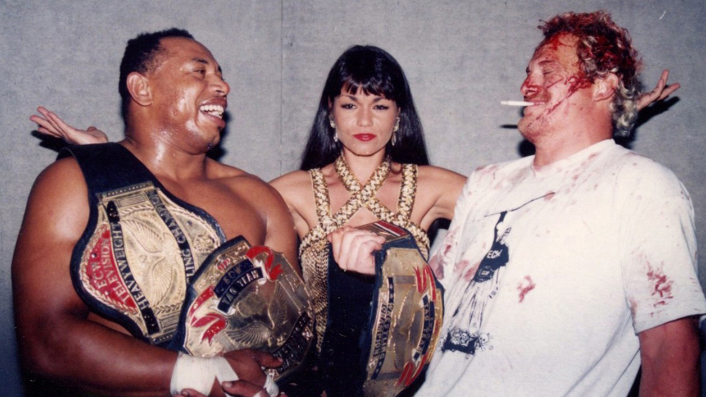
They also use the Benoit murders to talk about CTE—a disease where too many concussions effectively cause your brain to rot. At the time it wasn’t well known, now it’s understood to be a very serious risk to all wrestlers and athletes. It takes Benoit from unthinkable evil to a very sick man, whose dedication to wrestling and penchant for diving headbutts lead him down the worst path imaginable. They also manage to find a moment of light in all this darkness, which I won’t spoil, but it had me in tears at the end of the episode.
That’s when Dark Side of the Ring is at its best—when the episode’s story speaks to a bigger truth about pro wrestling. Even the episode titled The Life and Crimes of New Jack puts the in-ring “antics”/attempted murders of hardcore wrestler New Jack into the context of the times. New Jack started in the business being called the n-word night after night by white southern audiences, and in the late 90s’ trend for extreme wrestling and bloodshed, he found success and money by taking that extremity to its inevitable conclusion.
Don’t get me wrong, you don’t feel sympathy for him. The doco has managed to track down footage of the Mass Transit Incident, where New Jack cut the forehead of a 17-year-old wrestler so badly he almost died, had to be rushed to hospital and get 50 stitches. (Sidenote: it’s really remarkable the amount of footage the doco makers have managed to track down, and holy shit some of this footage is a tough watch.) There’s also video of the time New Jack literally stabbed his opponent/work colleague 9 times DURING A MATCH because he didn’t like the guy’s attitude. Understanding why New Jack is the way that he is doesn’t excuse the fact that New Jack is a fucking madman who has absolutely no business being inside a wrestling ring. Fuck New Jack.
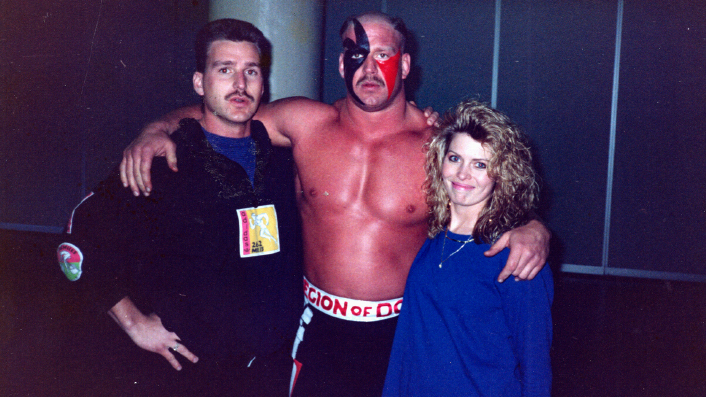
Thankfully, the series isn’t wall to wall bleakness. Some of the episodes are just ripping yarns, like the recount of “the worst idea in pro wrestling history,” WWF’s Brawl for All, and a story about an eccentric millionaire named Herb Abrams who wanted to conquer the industry (a season two episode alluringly titled Cocain& Cowboy Boots: The Herb Abrams Story”). I wasn’t familiar with either, and both left me stunned and delighted. In the episode about Superfly Jimmy Snuka’s involvement in his girlfriend’s death 30 years ago, there’s a twist worthy of The Jinx or Making a Murderer that left my jaw on the floor. Every episode delivers on its promise: to tell a story known by wrestlers, unknown by fans.
Dark Side of the Ring gives fans the best look at the weird, outlaw, and at times very grim business of pro wrestling short of them stepping into the ring themselves. If at any point in your life you’ve found yourself watching musclebound men and women play fight, I can’t recommend it enough.



